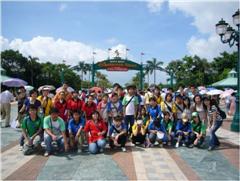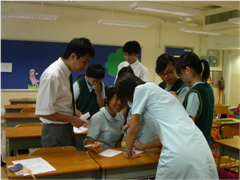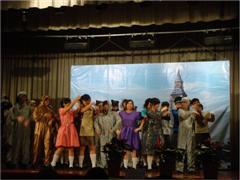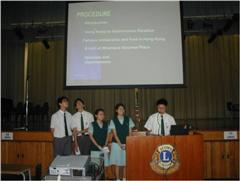- Task-based learning and teaching
Language learning should be experiential and should aim at developing students' communicative competence. The task-based approach to language learning emphasizes learning to communicate through purposeful interaction. through the use of tasks, students are provided with purposeful contexts and engaged in processes that require them to exercise critical thinking and creativity, explore issues and solutions, and learn to use the language skills and functions, grammar items and structures, vocabulary, and tone, style and register for meaningful communication. The use of tasks also provides opportunities for the development of language learning strategies, generic skills, and positive values and attitudes conducive to lifelong learning.


- Integrated skills
Real-life communication seldom involves the use of just one language skills, and so students are strongly encouraged to learn and exercise the integrated use of skills for authentic, purposeful communication.


- The teaching of language arts - Popular Culture
Language arts has much to offer in developing students’ capability to use English to respond and give expression to real and imaginative experience. It seeks to develop students’ language sensitivity and cultural awareness, as well creative and critical thinking, through the use of imaginative texts such as poems, short stories, dramas, films, film scripts, advertisements, song lyrics, and radio and television programmes.


- Information technology for interactive learning
Effective use of information technology (IT) allows for greater flexibility with respect to when and where to learn and who to learn with. It can support both classroom and self-access language learning. The use of web-based or computer-assisted interactive learning tools to complement direct face-to-face contact not only provides students with powerful mechanisms for communication and collaboration with the teacher and each other, but also promotes better understanding of their learning progress.


- Life-wide learning
Life-wide learning provides opportunities for experiential learning through meaningful use of English in authentic settings, including the community and the workplace.

